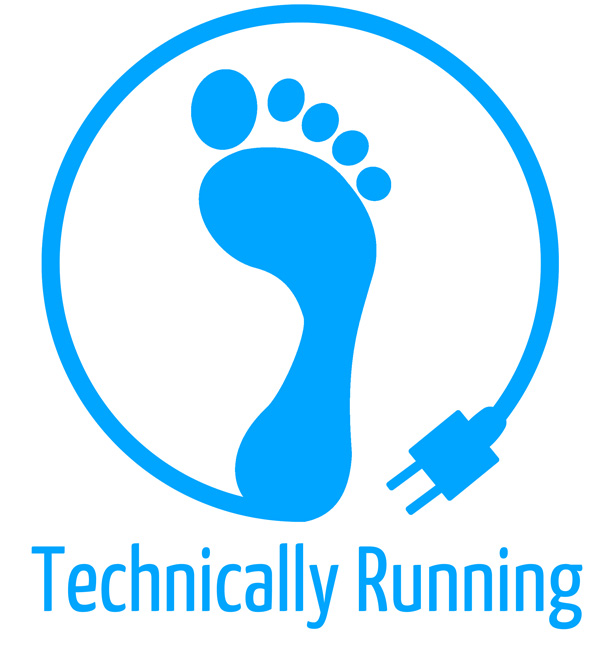It’s been a month now since I started coaching my corporate track team. Practices are held every Tuesday, Thursday, and Sunday, with about 20 runners coming to practice. I have been faced with several unforeseen challenges and with leading a group of runners with a huge variety in athletic backgrounds. Needless to say things have been…interesting.
“Ashley…This is so hard…”
I’ll admit it. I made our training schedule way too difficult. I made a schedule that an active racer like myself could do, but I overlooked the main problem – most of the folks on this team are not racers. Our upcoming meet may be the only running event they participate in every year. I’ve been truly humbled when it comes to telling people what they should do. I’ve realized that not everyone can do the workout we have planned for the day and I have to be ready to provide options. Even so, the dedication to the training is inspiring. Some of my runners have never run this hard in their lives, but they give 120% every practice. I often hear the classic line, “This is too hard”, but I encourage them to try, and at the end of practice, when it’s all over, I always hear “Oh, that wasn’t too bad!” And then I jokingly ask them if they want to do a few more repeats!
“Ashley…I’m really hurting here”
I have learned that injuries will happen. Here’s a secret: if you coach a team, you automatically become the team doctor and team physical therapist. You are expected to know how to treat an injury and how to prevent them. Furthermore, I have been astonished to discover how many of my runners don’t know how to stretch or properly warm up. Your runners’ bodies are in your hands and it is an important responsibility to make sure they are taken care of. I spend the beginning of practice taping folks up with KT, making sure they have the proper hydration and electrolytes available to them, and getting them out to jog at least a mile to warm up. I spend the end of practice leading them in stretches and even doing small yoga sessions! It is my important responsibility to tell someone when they need to sit this one out, or to go home and sit in an ice bath for 20 minutes. It is also my unfortunate responsibility to tell someone when they should stop running and go to the doctor to get what pains them looked at. We have lost 3 good runners this month to injury. One with a sprained calf, one with a messed up knee, and one runner who threw his back out at the trampoline park (watch out for those trampoline parks…). But it is those common pains – shin splints, tight hamstrings, painful arches – that my runners come to me expecting me to fix. And I do what I can.
“Ashley…Why are we doing this?”
I have also learned that I am going to get questioned about why we are running like this and why we are doing that. I try to preface every workout with what we are going to be doing and why we are doing it. For example, in April we worked a lot on running techniques, such as doing awkward high-knee sprints and turnover sprints where you run like you are on hot coals. Most of the runners looked at me like, “What? You want me to run HOW?!” I had to explain to them that doing high knee sprints quickly builds muscle mass in your quads and that turnover sprints increase your gait, allowing you to ultimately go faster. The practices I design must be contrived, intelligent, and understandable. I need to focus on opposing muscle groups and alternate sprinting with long distance. I also need to understand the level of my runners to make sure the practice is still challenging for the advanced, but not too hard for the beginners.
“Ashley…That felt really good; what was my time?!”
Though I have been challenged through this endeavor, the rewards of being a coach outweigh any of the negatives. We have a blast at practice. Of course, sometimes I can see the looks of pure loathing on their faces, but when we finish and in between repeats we are laughing, talking, and having a good time. In these past few weeks we have strongly bonded as a team. We care about one another, offer suggestions, and cheer each other on. And we have gotten faster and stronger. Our second set of time trials were last weekend, three weeks after getting everyone’s initial times. I was nervous – had I been doing things right the last month? Did I do the right workouts and training? I knew it would be a major disappointment if times came in slower than three weeks ago, and I would be the one blamed.
So, we timed our runners for the 400, 800, and mile. Everyone took at least 10 seconds off their time! And then came the 3000 meter. One of my racers, Karen wasn’t feeling so good but decided to get timed for the 3000 anyway. When she crossed the finish line 7.5 laps later, I realized she had taken almost a full minute off of her previous time. I had the group listen in as I read off the times. When I announced that Karen had taken almost a full minute off everyone clapped for her. The huge smile on Karen’s face made everything I’ve done in the past month worth it.
Ashley is a geologist at Schlumberger, specializing in geologic modeling software. She completed her Masters degree in geology from the University of Wisconsin-Madison. She is an avid runner, cyclist, and rock climber. She will pretty much race anything and everything. You can find her hanging out on White Oak in Houston, TX or climbing and running in Austin.



